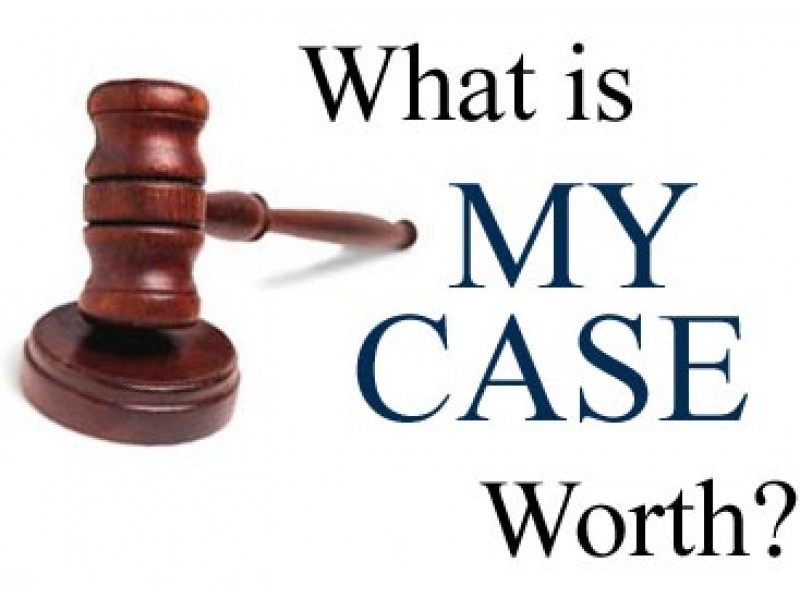Dewayne Hopson is an attorney in Clarksdale, MS. This article is for informational purposes only and by reading this article you acknowledge this general information should not be construed as legal advice.
This week we have a guest post by Patrick Hogan from Hogan Injury Law way out in California! This article shares a lot of good information on how personal injury claims are evaluated. Please enjoy! You can visit their blog here.
This article is originally posted at Hogan Injury
by Patrick Hogan
When evaluating plaintiff’s claim, the adverse party’s insurance representative, his or her attorney, and ultimately the judge or jury tend to give great weight to medical bills incurred. Hence, the full value of the claim (economic damages, plus consequent pain and suffering and other general damages) may be realized only if the client continues to receive necessary medical attention while the symptoms persist (or until a competent physician advises that further care and treatment would be of no real benefit. Before meaningful settlement discussions can get under way, the claim must be assigned a reasonable settlement value. For this purpose, claimant will need to know whether the tortfeasors have applicable insurance coverage and, if so, what the policy limits are, whether there are excess and/or umbrella coverages, and whether the insureds and/or carriers claim the policy does not apply. Also important may be whether the carrier will be defending on a reservation of rights basis and, if so, whether this generates a conflict of interest problem so as to require “Cumis (independent) counsel” for the insured defendant pursuant to CC § 2860.)
No matter how severe the injury, top settlement value is necessarily limited by the financial resources available to satisfy the claim. Thus, the policy limits and defendant’s personal assets must be taken into account in determining what the case can settle for. Various options are available to the parties where good faith negotiating efforts fail to bring about a reasonable settlement; or, where one of several potential joint tortfeasors refuses to contribute to a reasonable settlement package agreed to by the others. An early “policy limits demand” letter to defense insurance carriers is a popular plaintiffs’ tactic to speed along the settlement process. The demand letter recaps the liability case against the insured and itemizes plaintiff’s consequential damages to date (itemized wage losses, medical expenses, etc.). It typically requests a “policy limits” settlement, “reminding” the insurer of its “excess liability” exposure to its insured in the event the case does not settle and a judgment beyond policy limits is entered against the insured defendant. It would be best to seek personal assistance from a lawyer in order to help you with your personal injury case.
To read more, click here.

